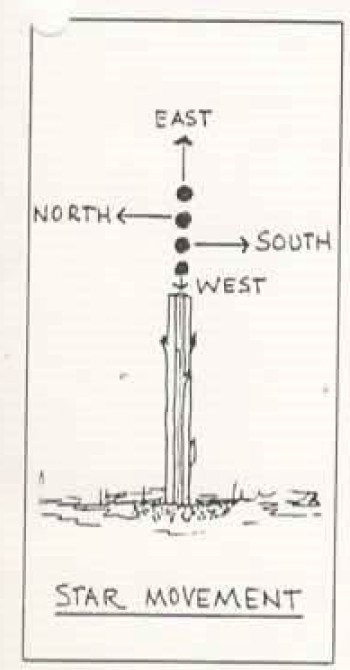Continuing my suggestions for a survival library.
Today I will look at a title that is relatively new to me. Some other reviewers consider it a “must have”.
The book is “Bushcraft 101” by Dave Canterbury.

I quite liked this book.
The early section on safe and effective ways to use your knife and other tools is particularly good, and possibly worth the price alone.
It is a good book for rending topics down to a simply grasped form.
An interesting aide memoire Canterbury uses is “the Five Cs”: Cutting, Cover, Combustion, Containers and Cordage. Personally, I would advise adding “Consumables” and “Compass” to that list.
Another useful aide memoire is the “Four Ws”, used for selecting a good campsite: Wood, Water, Wind and Widowmakers.
To the advice given in the book, I will remind the reader that water sources often come with biting insects, so a camp should not be too near. Under the same category, one should consider watercourses. If you camp in a dried river bed or runoff, a storm miles away may result in your camp literally being washed away.
A third handy memory aid is “LURD”, used to determine the direction viewed by star movement. I recommend memorizing it as “LURD:NESW”. If a star is moving upward, you are looking east, and so on.

The section on maps and compass is much more straight forward than in some publications:
“The most important reason to carry a compass is so that we can walk a straight line over distance.”
• Here I will insert a useful tip not given in this book. To walk in a straight line, align three objects. Tree trunks in a forest are ideal.
As you reach the first object, align the next two objects with a fourth, and keep repeating this process as necessary.
While applying a calculation to compensated for difference between magnetic and grid north is mentioned in Bushcraft 101, the actual method (LARS) is not detailed.
Perhaps it was felt that in a survival situation the difference is not significant, only a general orientation of the map being adequate. A similar approach is taken in the SAS Survival Handbook.
In some parts of the world, or for more general navigation, magnetic declination may be significant.
I would recommend regarding the navigation section of Bushcraft 101 as a useful primer and follow it with some more detailed reading on the topic.
The above brings me to one of the shortcomings of Bushcraft 101.
The book is very much written for a North American audience, and mainly geared for travel or emergencies in woodland.
If you frequent the prairies or deserts, you may wish the book had mentioned some tent poles to rig the suggested tarp. Similarly, some of the advice given may not be so valid for other parts of the world.
That said, my impressions of this book are very positive.
Once you have the suggested titles by Kephart, Greenbank and Wiseman (and my own books, of course!), Bushcraft 101 is worth considering as a useful addition.